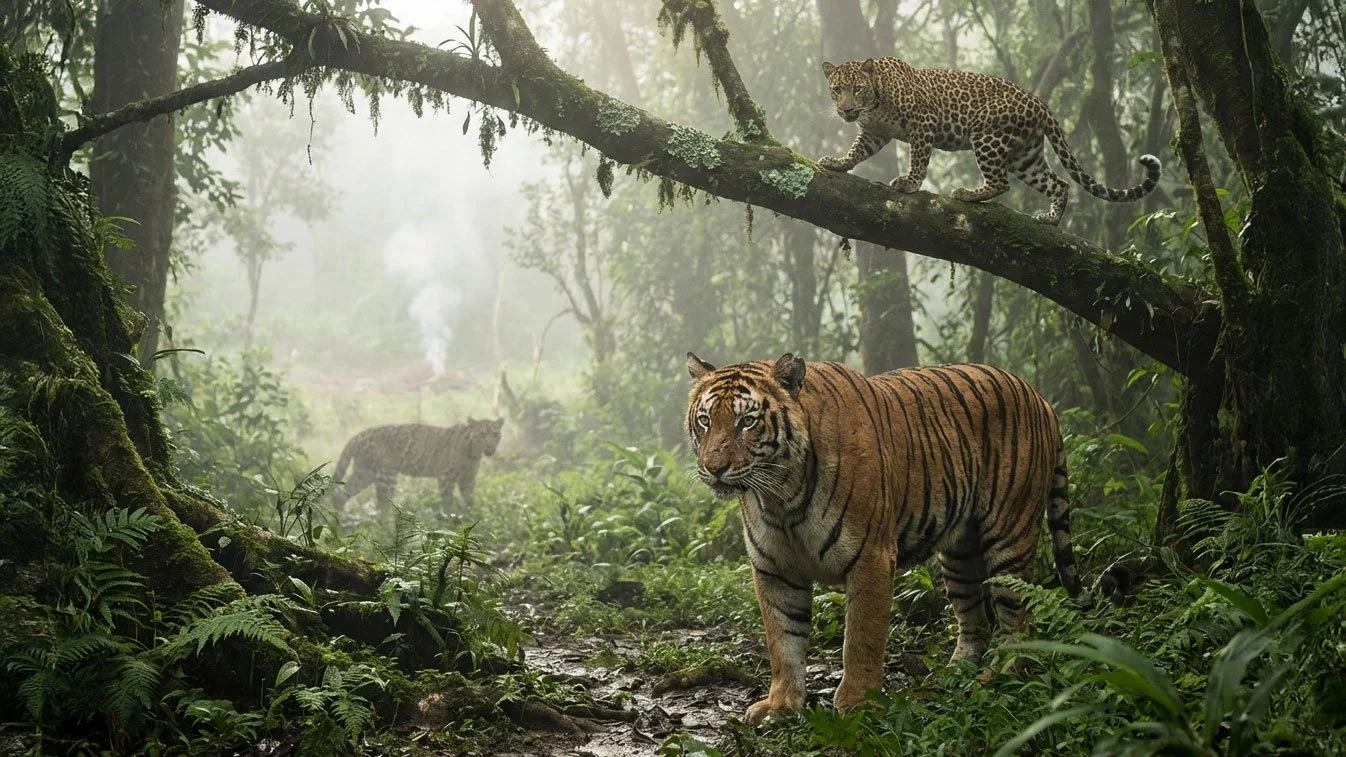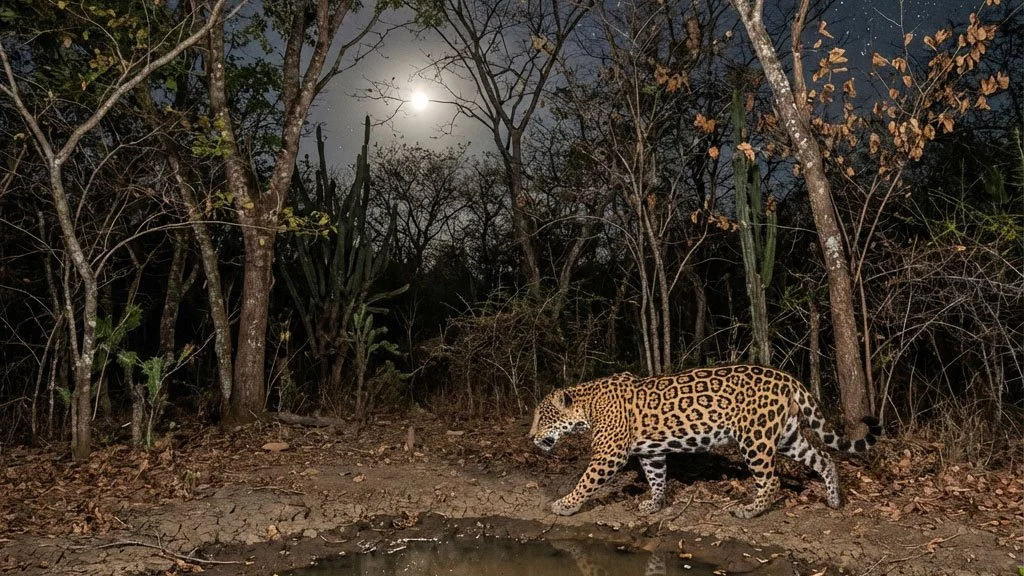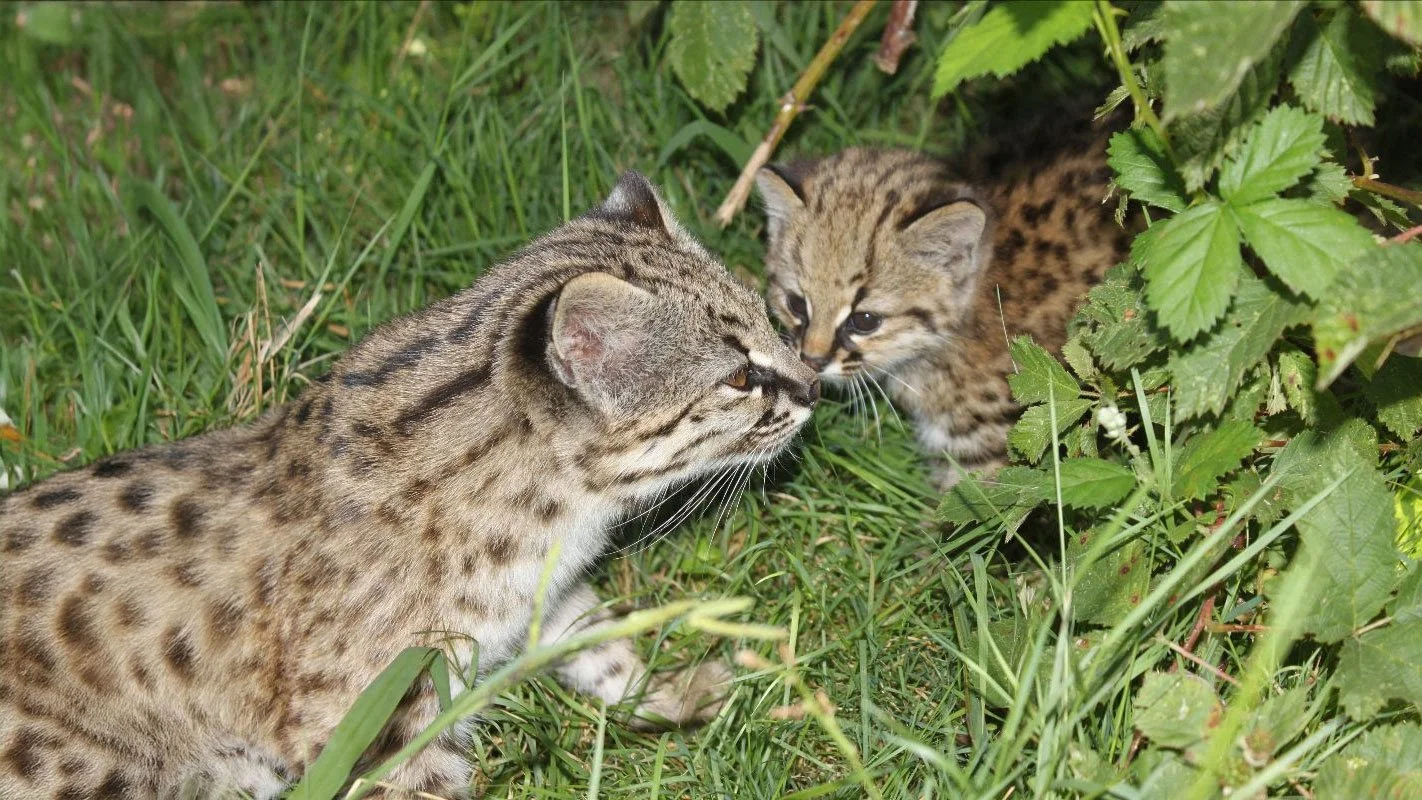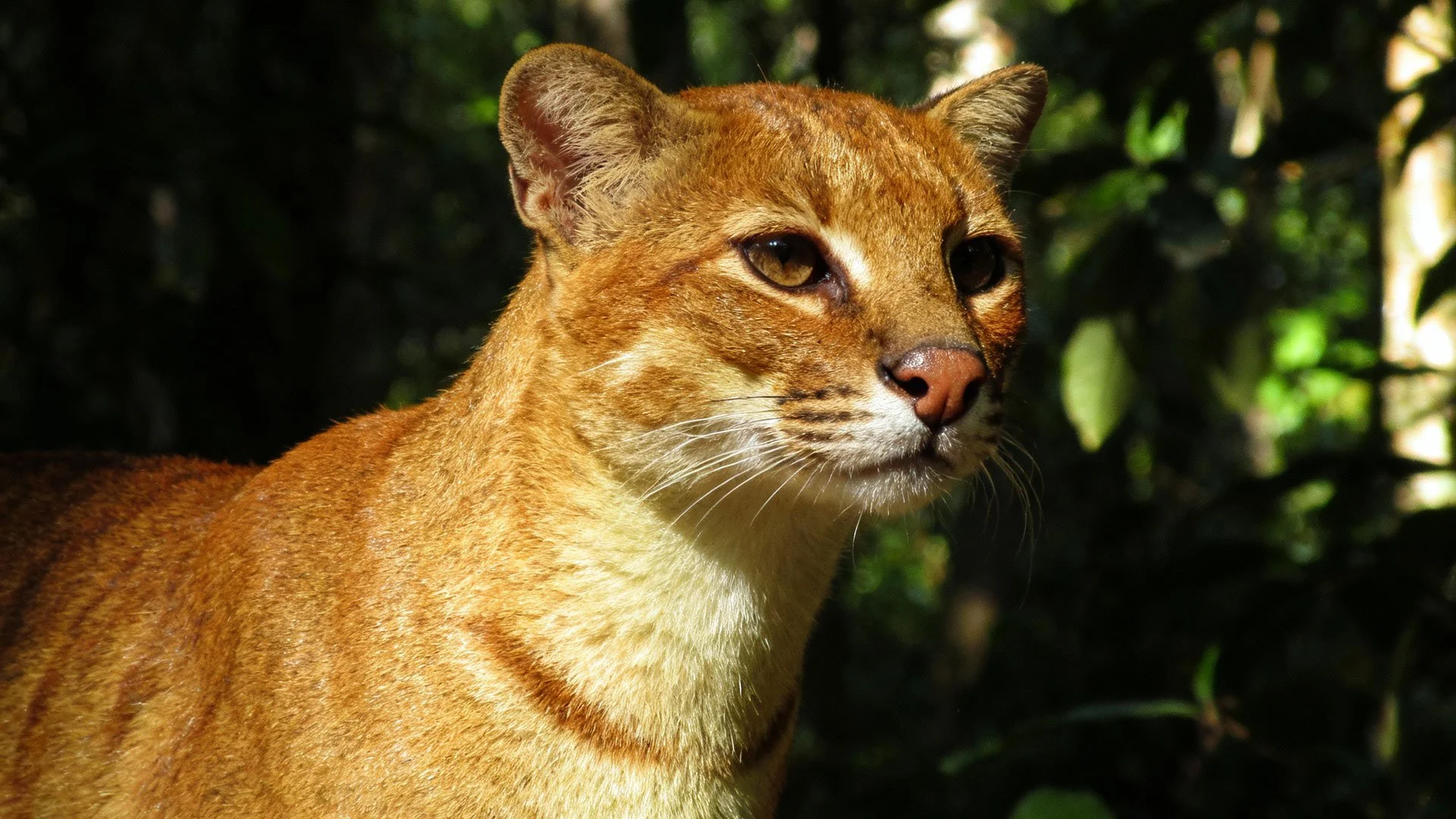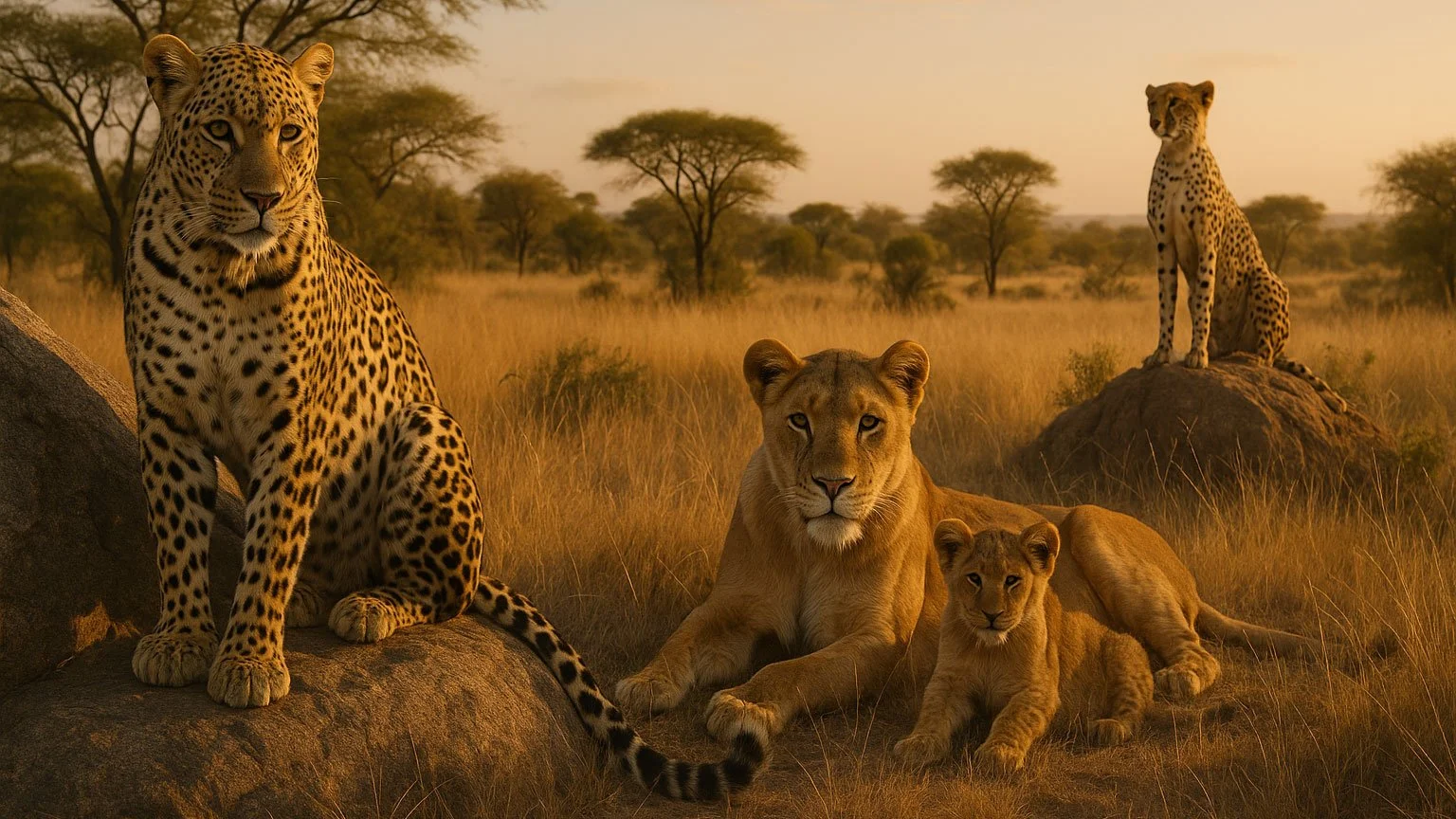Beep for Biodiversity: How Checkout Tech Is Saving Wildlife in the Amazon
In the heart of Brazil’s Amazon, as the sun dips behind the dense canopy of Mamirauá Reserve and the humid dusk begins to hum with the chorus of carapanãs—mosquitoes—you might catch a strange sight. A scientist, flashlight in hand, gingerly navigates the undergrowth, lifting leaf litter and peering into shallow puddles. But instead of a clipboard or camera, she holds something that looks more at home in a grocery store than a rainforest.
She’s scanning amphibians and reptiles with a tool based on near-infrared spectroscopy (NIR)—the same tech that “beeps” when your groceries pass the supermarket scanner. That beep, as mundane as it sounds, might just be the sound of a revolution in wildlife conservation.
Seeing the Invisible
To the human eye, two frogs might look identical. But in the infrared spectrum, each species has its own spectral signature—an invisible fingerprint made of light. With NIR, scientists like Kelly Torralvo, a senior researcher at the Mamirauá Institute, can now identify species in the field with a simple scan.
This isn’t science fiction. It’s already yielding promising results. In one 2023 study, NIR technology correctly identified five out of eight amphibian species with 80% accuracy, and in one case, reached 92%.
That’s not just impressive—it’s game-changing.
Why It Matters
Identifying species in the wild is critical for conservation. Many reptiles and amphibians are bioindicators, meaning their presence—or absence—tells us about the health of an ecosystem. Traditionally, this meant collecting samples, transporting them to labs, conducting genetic tests, or analyzing audio recordings. All expensive. All time-consuming. All requiring experts who may not be available when and where they’re needed.
But now? Just a flash of light, a spectral scan, and a database to match it to.
The Bigger Picture
The potential reaches far beyond frogs. With enough spectral data, NIR could be used to:
Detect illegal wildlife trade, even in processed meats from endangered animals.
Differentiate between lookalike species, where poachers might try to obscure origins.
Measure pollutants or stress hormones in tissues—without drawing blood.
Pinpoint a species' geographic origin, which could help authorities track poaching hotspots.
That kind of data can help enforce environmental protections, catch traffickers, and inform local conservation policies—all without harming the animals involved.
The Hurdle Ahead
There is one catch: the database. Just like a checkout scanner needs a catalog to know that 4897 is a banana and not a box of cereal, NIR scanners need spectral signatures for each species they’re trying to identify. Gathering these from museum specimens is a start, but it’s not enough. Researchers must collect live readings from animals in the wild—hundreds, even thousands of them.
That’s why Torralvo’s work is so vital. Her careful cataloging in Mamirauá is laying the groundwork for a broader database—one that could someday enable even remote park rangers to identify endangered species in seconds.
A Tool for Everyone
As ecologist Pedro Pequeno put it, “With a calibrated database, all you have to do is pass the light beam through it and, voilà: the species is recognized.” What once required specialized knowledge can now be made accessible, portable, and affordable.
Imagine a day when NIR tech is in the backpack of every ranger, customs agent, and community conservationist. Imagine biodiversity protected not only by passion and policy—but by the quiet beep of a scanner in the jungle.
The Bottom Line
Nature doesn’t always give us second chances. But it sometimes gives us surprising tools—like a grocery store scanner—reimagined to save life on Earth.
By supporting organizations that fund this kind of field innovation, like Big Cat Rescue, or simply by sharing stories that spotlight this brilliant convergence of tech and nature, we all play a role.
We can’t scan away extinction. But we can light a better path forward—one spectral signature at a time.
Learn more: https://news.mongabay.com/2025/06/checkout-counter-tech-eases-wildlife-identification-in-the-field/






